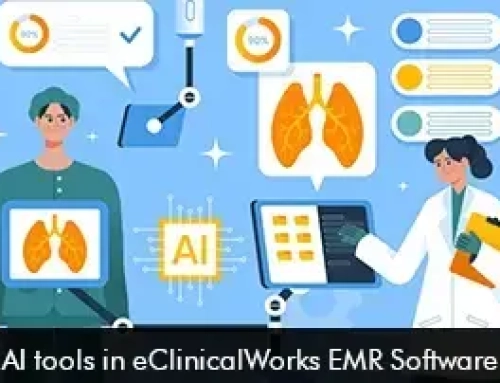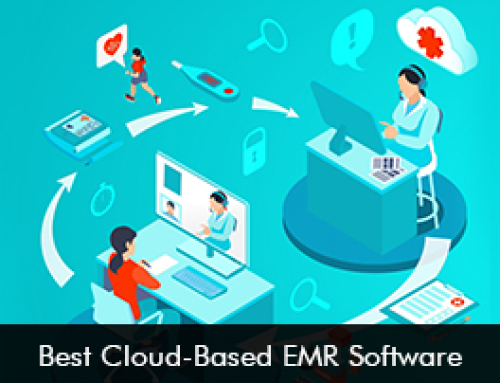Massachusetts-based medical organization UMass Memorial Health Care is gearing up for a system-wide Epic go-live on October 1. This is a part of a 10-year project which is expected to cost over $700 million.
Commenting on this, UMass Memorial President and CEO Eric Dickson said, “Anytime you spend $700 million on something at a not-for-profit, it raises a lot of eyebrows”.
Experts regard Dickson as a skeptical person, but he always owns his decisions. This was observed clearly when he took the leadership of the UMass Memorial in 2013 and unified the medical school and healthcare system for a strategic planning retreat, which resulted into a booming success. Following this decision, the senior leaders of both the healthcare organizations agreed that updating the Health IT system was the top priority.
Dickson said that the Epic go-live move was also a complete redo of the monitors in such a way that the monitors would feed medical information directly into the electronic health record so he doesn’t have to spend time observing it. The new system will also allow physicians to monitor patient status from anywhere.
It was also reported that UMass was creating a single data repository. Dickson explained it as a data lake that enables people to do research in order to find better methods of taking care of patients. The new system will also create a platform for virtual visits which would eliminate the need of coming into the hospital for everything. Patients will be able to do the majority of the work from home and come only to the hospital for examination and similar important medical procedures. It was also reported that the health system will also be creating a patient portal, retraining staff and redoing data sets.
Most people think that it is just the EPIC software that the healthcare organization is buying, but there is more to what meets the eye. UMass has also upgraded of all its hardware and the entire network as well. The medical staff skills have also been upgraded at a significant cost and the practice workflows have further been changed.
Dickson revealed that the Epic go-live accounted for about $200 million of the total $700 million. The rest of $500 million will be spent on the training, hardware, infrastructure, network closets, better bandwidth and a Microsoft Office suite because all these things are needed to support having an integrated electronic health record.








